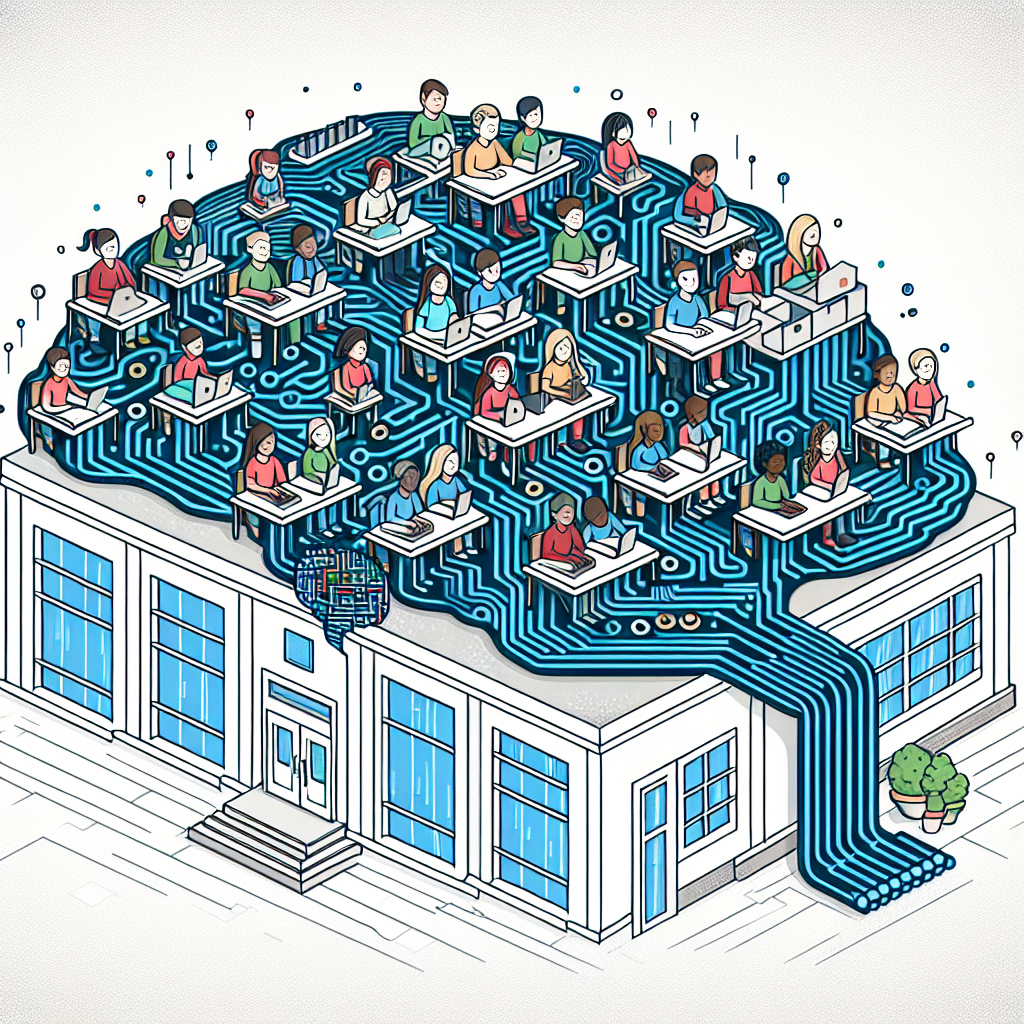Artificial General Intelligence (AGI) is a term that refers to the ability of a machine to understand and learn any intellectual task that a human being can. In recent years, AGI has gained significant attention in the field of education as educators and researchers explore the potential of using AI to enhance learning opportunities for students. In this article, we will discuss the role of AGI in education, the benefits it can bring to students, and the challenges that educators may face when integrating AI into the classroom.
AGI in Education: An Overview
The integration of AGI in education has the potential to revolutionize the way students learn and teachers teach. By leveraging the power of AI, educators can personalize learning experiences for students, provide real-time feedback, and create interactive and engaging learning environments. AGI can also help teachers identify areas where students may be struggling and provide additional support to help them succeed.
One of the key benefits of using AGI in education is its ability to adapt to the individual learning needs of students. By analyzing data on student performance, AI systems can identify patterns and trends that can help teachers tailor their instruction to meet the needs of each student. This personalized learning approach can help students learn at their own pace and in a way that is most effective for them.
AGI can also enhance the learning experience by providing students with access to a wealth of information and resources. AI systems can analyze vast amounts of data to provide students with personalized recommendations for further reading, videos, and other resources that can help them deepen their understanding of a topic. This can help students develop a love of learning and become more independent learners.
In addition to personalized learning and access to resources, AGI can also help teachers assess student performance more accurately. By analyzing data on student progress, AI systems can provide teachers with real-time feedback on how well students are grasping concepts and where they may need additional support. This can help teachers identify areas for improvement and tailor their instruction to meet the needs of their students.
Challenges of Integrating AGI in Education
While the potential benefits of using AGI in education are significant, there are also challenges that educators may face when integrating AI into the classroom. One of the main challenges is the need for teachers to develop the skills and knowledge to effectively use AI tools in their teaching practice. Many educators may not have the training or experience to effectively integrate AI into their instruction, which can hinder the adoption of AGI in education.
Another challenge is the potential for bias in AI systems. AI systems are only as good as the data that is used to train them, and if the data is biased, the AI system may produce biased results. Educators must be aware of the potential for bias in AI systems and take steps to mitigate this risk to ensure that all students have access to a fair and equitable learning experience.
Finally, there are concerns about privacy and data security when using AI in education. AI systems collect and analyze vast amounts of data on student performance, which raises questions about how this data is stored, used, and protected. Educators must be vigilant about protecting student data and ensuring that it is used in accordance with privacy laws and regulations.
FAQs about AGI in Education
Q: How can AGI enhance personalized learning for students?
A: AGI can analyze data on student performance to identify patterns and trends that can help teachers tailor their instruction to meet the needs of each student. This personalized learning approach can help students learn at their own pace and in a way that is most effective for them.
Q: What are some examples of AI tools that can be used in education?
A: There are a variety of AI tools that can be used in education, including virtual tutors, adaptive learning platforms, and automated grading systems. These tools can help teachers personalize learning experiences for students, provide real-time feedback, and create interactive and engaging learning environments.
Q: How can educators ensure that AI systems are not biased?
A: Educators must be aware of the potential for bias in AI systems and take steps to mitigate this risk. This may include using diverse and representative data sets, testing AI systems for bias, and monitoring their performance to ensure that all students have access to a fair and equitable learning experience.
Q: What are some best practices for integrating AGI into the classroom?
A: Some best practices for integrating AGI into the classroom include providing teachers with training and support to use AI tools effectively, ensuring that student data is protected and used in accordance with privacy laws, and monitoring the performance of AI systems to ensure that they are producing accurate and unbiased results.
Conclusion
AGI has the potential to enhance learning opportunities for students by providing personalized learning experiences, access to resources, and real-time feedback on student performance. While there are challenges to integrating AI into education, such as the need for teacher training, concerns about bias, and issues of privacy and data security, the benefits of using AGI in education are significant. By leveraging the power of AI, educators can create interactive and engaging learning environments that help students learn and succeed.

